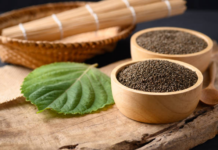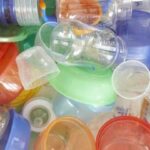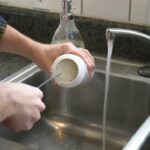Here are the three common pitfalls to be aware of when purchasing a water purifier. Falling into any one of these traps could turn your expensive purifier into a health hazard.
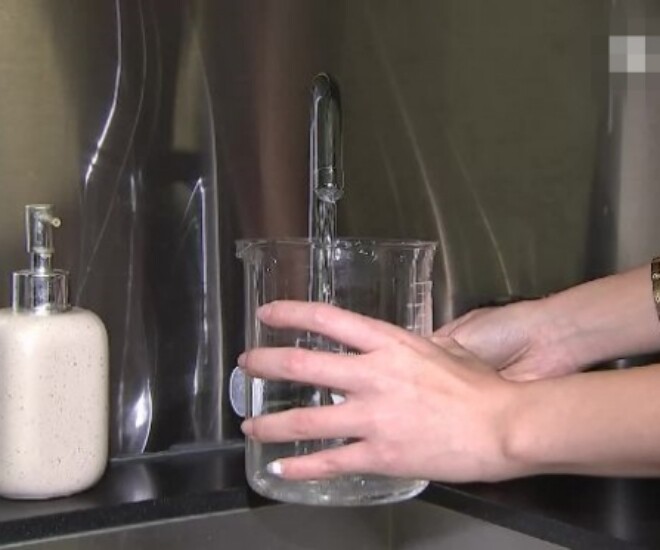
1. Anti-scaling Agents
One of the main reasons people buy water purifiers is to prevent scale buildup in their kettles. Understanding this concern, some manufacturers have incorporated “anti-scaling” technology into their RO (reverse osmosis) purifiers, advertising that their products will prevent any scale buildup.
But have you ever wondered how this is achieved? Could it be through the use of chemicals that dissolve the scale?
In reality, some purifiers use anti-scaling agents containing phosphorous, such as sodium hexametaphosphate or sodium tripolyphosphate. These chemicals prevent the precipitation of calcium and magnesium by keeping them in a soluble form. However, these compounds also end up in the water you drink.
While small doses may not be immediately harmful, long-term accumulation can lead to various health risks. Studies show that excessive phosphorous intake can interfere with the absorption of calcium and iron and put strain on the kidneys, especially in the elderly, children, and those with kidney conditions.
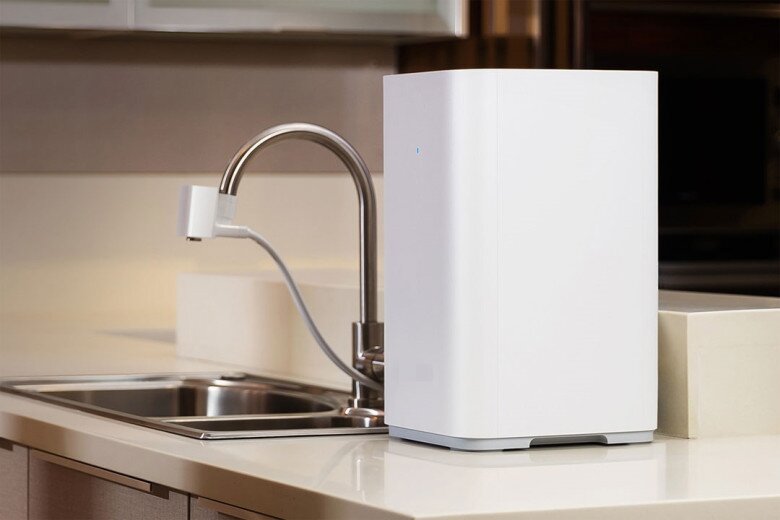
Worryingly, many manufacturers are not transparent about this. They emphasize the “anti-scaling” feature and may even label their products as “food-grade,” while still using chemicals in the purification process.
Therefore, when choosing a water purifier, it’s crucial to read the product information carefully. Opt for purifiers that use physical filtration methods exclusively. Select an RO purifier that allows you to adjust the TDS (total dissolved solids) and waste water ratio, and utilizes optimized membrane filtration and flow design to reduce scaling without chemicals.
Don’t be concerned if you notice a small amount of scale in your boiled water; it’s a normal sign of mineral presence.
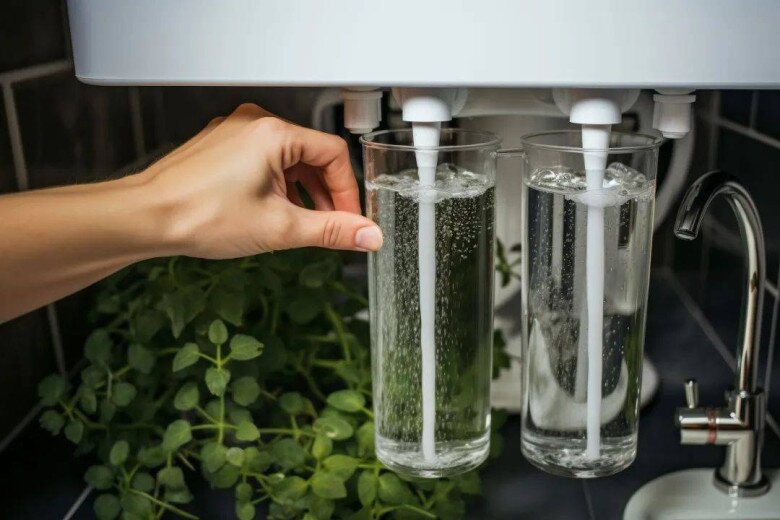
2. Heavy Metals
Many people buy water purifiers to remove heavy metals from their drinking water. However, if the purifier itself is made of low-quality materials, it can become a source of lead, cadmium, chromium, and other heavy metals.
Components such as filter housing, pipe connectors, and membranes, when made from recycled plastic or metal, can be corroded by water, releasing these toxic metals. These substances are colorless, odorless, and tasteless, but their long-term accumulation can cause nerve, kidney, and blood damage, especially in children and the elderly.
In one study, researchers tested 10 samples of low-cost purifiers and found that after three months of use, three samples had lead levels in the purified water exceeding the allowable limit (maximum 0.01 mg/L). The highest level detected was 0.05 mg/L, as if the water had been mixed with a heavy metal solution!
The worst part is that this contamination increases over time. The longer the purifier is used, the more its materials degrade and release metals. Many families believe that installing a purifier means permanent peace of mind, unaware that they are consuming toxic water daily.
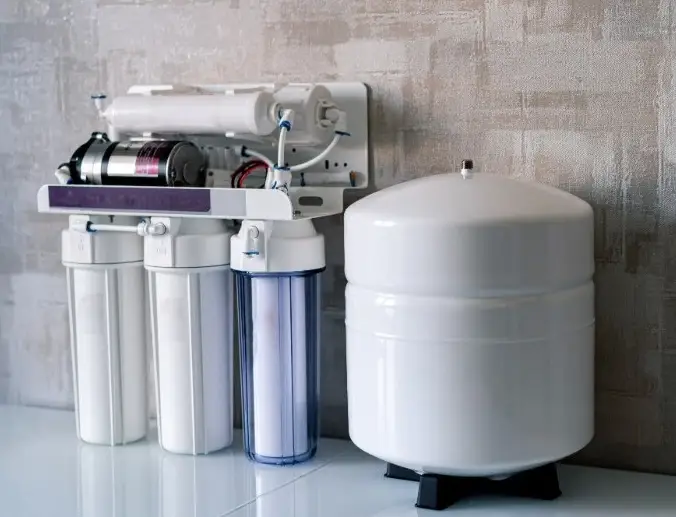
How to avoid the risk of heavy metals:
– Choose products with certifications for safe water contact. Look for materials specifically labeled as 304 stainless steel, lead-free copper, and medical-grade PE plastic.
– Avoid extremely cheap machines: RO or ultra-filtration purifiers priced too low usually compromise on material quality and safety. Opt for reputable brands and mid-range to high-end products.
– Conduct regular checks: Use heavy metal test papers after installation, and annually thereafter. If issues are detected, replace the filter cartridges or the entire unit.
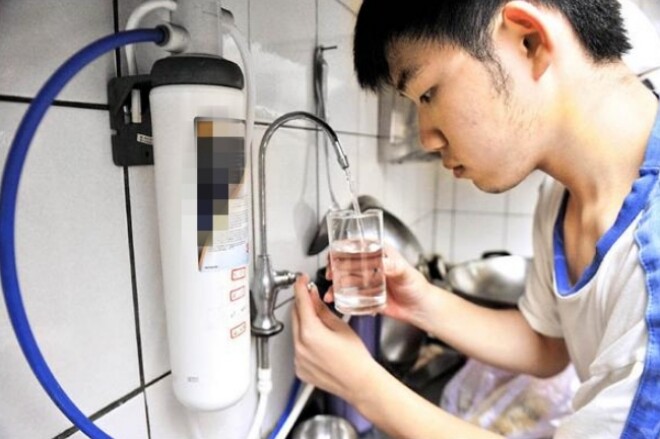
3. BPA
Bisphenol A (BPA) is an industrial chemical commonly used in plastic manufacturing, including water purifier components like filter housings, storage tanks, and pipes. BPA has been linked to endocrine disruption, adverse effects on child development, and potentially increased cancer risk.
The concern here is that if low-quality recycled PET or PC plastic is used in these components, BPA can leach into the water, especially when exposed to hot water or prolonged soaking. In one instance, a purifier was found to have post-filtration water containing up to 0.1 mg/L of BPA, 20 times the safe limit set by the EU (0.005 mg/L).
BPA doesn’t dissipate; it accumulates over time. Initially, the purified water may meet safety standards, but after six months to a year, as the plastic ages, BPA release can spike. Many families use purified water to prepare infant formula, unknowingly exposing their children to excessive BPA.
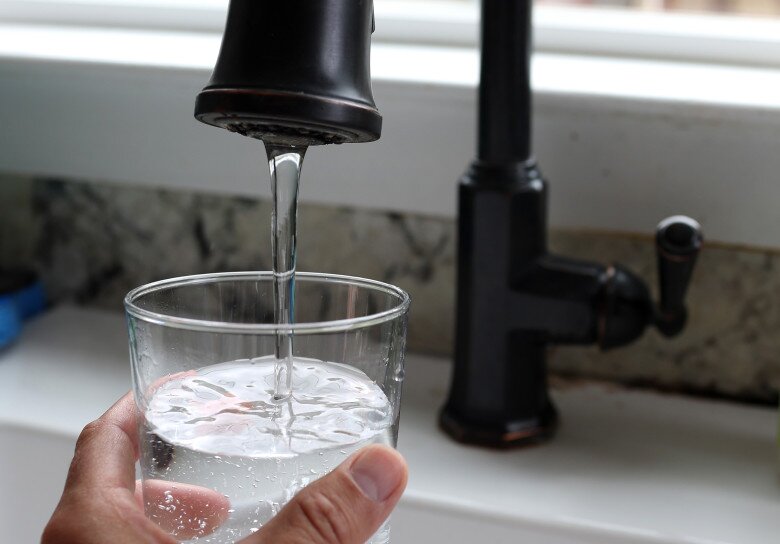
How to avoid BPA when choosing a water purifier:
– Look for “BPA-Free” labeling: Prioritize purifiers with stainless steel tanks over plastic ones.
– Avoid transparent filter housings: Transparent housings are often made from PC plastic, which can contain BPA. Opt for opaque white or food-grade PE plastic housings.
– Flush the system after installation: When setting up a new purifier, thoroughly flush the system for 10-15 minutes to eliminate any residual BPA and manufacturing byproducts.
In conclusion, it’s not just about filtering out contaminants; the materials used in the purifier are equally important. After discussing the three major issues of heavy metals, anti-scaling chemicals, and BPA, you may be wondering: “Should I still use a water purifier?” The answer is yes, but choose wisely!
A good water purifier not only removes impurities but also ensures that no new contaminants are introduced. The core principles to follow when selecting a purifier are:
– Prioritize physical filtration: Opt for RO or ultra-filtration technologies that use mechanical membranes without chemicals.
– Material safety over features: Fancy features like automatic cleaning and smart alerts are meaningless if the materials aren’t safe.
– Regularly replace filters: Even an expensive purifier will become a breeding ground for bacteria and pollutants if filters aren’t changed on time.
However, keep in mind that a water purifier is not a cure-all. If your source water is heavily contaminated with heavy metals, for example, contact your water company first to address the issue. Only then can you choose the right filtration solution.
Is Bone Broth Good for Making Pho?
The culinary world, especially the art of crafting delectable broths for pho, is an ancient tradition that has evolved over centuries. The key to this iconic Vietnamese dish lies in the delicate balance of flavors achieved through a meticulous bone broth preparation process. Crafting this broth is an art, with chefs carefully selecting pork and beef bones to simmer for hours, unlocking a depth of flavor and a host of health benefits that have become the hallmark of this beloved culinary treasure.



















